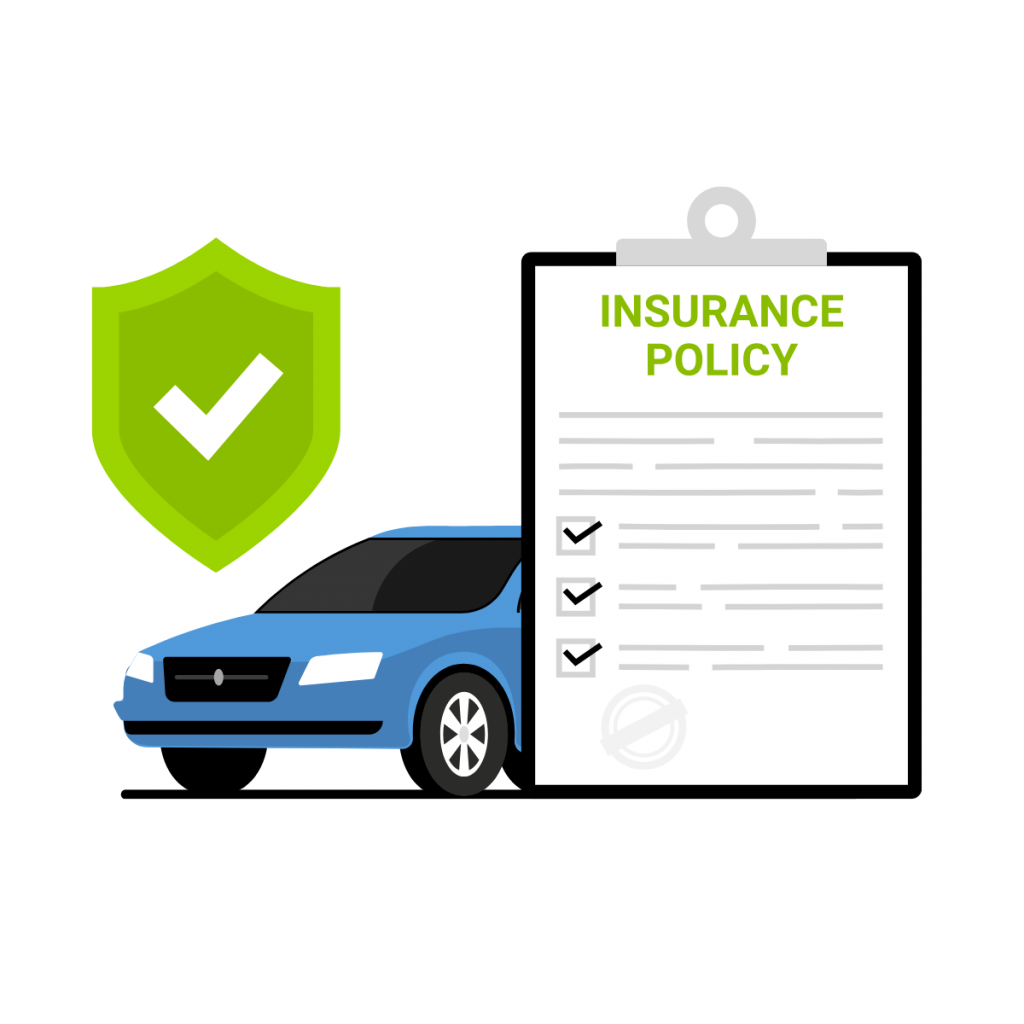When it comes to purchasing car insurance, many people make mistakes that can lead to paying higher premiums or receiving inadequate coverage. Choosing the right policy can be confusing, especially with so many options available. Without the right knowledge, you might overlook essential factors that could save you money or protect you in an emergency. In this article, we will cover the most common mistakes made when buying car insurance and provide tips on how to avoid them. By understanding these mistakes and how to steer clear of them, you can ensure that you’re getting the best possible coverage at the most competitive price.
Why It’s Important to Avoid Mistakes in Car Insurance

Car insurance is a vital investment that helps protect your vehicle, finances, and overall well-being. However, without a clear understanding of your options and the factors that influence your policy, you might end up with a coverage plan that doesn’t meet your needs or costs more than it should. Avoiding common mistakes when purchasing car insurance can save you money and give you peace of mind, knowing that you’re properly protected in case of an accident or unexpected event.
Common Mistakes When Buying Car Insurance
1. Not Understanding Your Coverage Needs
One of the biggest mistakes drivers make when buying car insurance is not fully understanding their coverage needs. It’s tempting to opt for the minimum required coverage, especially if you’re looking to save money on premiums. However, this approach may leave you underinsured, leaving you vulnerable in the event of an accident.
To avoid this mistake, take time to assess your specific situation. Consider factors such as the value of your car, how much you drive, your driving habits, and where you live. If you have a new or high-value vehicle, comprehensive and collision coverage might be a better choice than just liability insurance.
2. Failing to Compare Multiple Insurance Quotes
Many people make the mistake of sticking with the same car insurance provider year after year without exploring other options. This could mean you’re paying more for less coverage. Different insurers offer varying rates and benefits, so it’s important to shop around and compare quotes from multiple companies before making a decision.
When comparing quotes, ensure that you’re comparing similar coverage levels. Pay attention to the fine print, as some insurers may offer lower premiums but with limited or inadequate coverage. By taking the time to research different providers, you can find a policy that fits your needs at a competitive price.
3. Ignoring Available Discounts
Car insurance companies often offer a variety of discounts that can help lower your premium. Many drivers fail to ask about these discounts or assume they don’t qualify. Common discounts include:
- Safe driver discounts
- Multi-car discounts
- Bundling policies (e.g., combining car insurance with home insurance)
- Good student discounts
- Discounts for installing safety features in your car
Don’t hesitate to ask your insurer about available discounts and how to qualify for them. These savings can add up significantly over time and help reduce your overall insurance costs.
4. Choosing the Cheapest Option
While it’s tempting to choose the cheapest car insurance policy, this isn’t always the best decision. A low premium may seem like a great deal, but it could mean that you’re sacrificing important coverage. If you choose the cheapest policy without considering its coverage limits, you may end up paying more in the long run if you’re involved in an accident and the policy doesn’t cover your expenses.
Instead of focusing solely on price, prioritize finding a policy that offers the right coverage at a fair price. Be sure to evaluate the coverage limits, deductibles, and exclusions to ensure that the policy meets your needs.
5. Overlooking Your Deductible
Your deductible is the amount you pay out of pocket before your insurance coverage kicks in. Some drivers make the mistake of choosing a high deductible to lower their premium, without fully understanding the financial implications. While this can reduce your monthly payments, it also means you’ll have to pay more if you file a claim.
To avoid this mistake, carefully evaluate your financial situation before selecting a deductible. Choose a deductible that you can comfortably afford to pay if you need to file a claim, but also consider how it will affect your premium. It’s essential to find a balance that fits both your budget and your ability to pay out-of-pocket costs.
6. Not Updating Your Policy Regularly
As your life circumstances change, so should your car insurance policy. Failing to update your policy regularly can lead to gaps in coverage. For example, if you’ve recently purchased a new vehicle, moved to a new location, or added a teen driver to your household, your old policy might no longer meet your needs.
It’s important to review your car insurance policy at least once a year or whenever there’s a significant change in your life. Make sure your coverage aligns with your current needs and circumstances. You may be eligible for additional discounts or better coverage options by updating your policy.
7. Neglecting to Ask About Additional Coverage Options
Many drivers only purchase the basic car insurance coverage required by law, but this may not provide sufficient protection. Additional coverage options, such as roadside assistance, rental car coverage, or gap insurance, can offer valuable protection in case of an emergency.
For instance, if your car is totaled in an accident, gap insurance can cover the difference between what you owe on your loan and the actual cash value of your car. Roadside assistance can help if you experience a breakdown, while rental car coverage ensures you have a temporary vehicle if your car is in the shop.
Be sure to ask your insurer about these additional options and consider adding them to your policy if they align with your needs.
8. Failing to Review the Policy Exclusions
Another common mistake when purchasing car insurance is failing to review the policy exclusions. Insurance policies often have exclusions that limit or exclude certain types of coverage. For example, some policies might not cover damage caused by natural disasters or theft if you left your vehicle unlocked.
Before purchasing a policy, carefully read the fine print and ask your insurer about any exclusions that might affect you. Make sure you understand what’s covered and what’s not, and if necessary, consider adding supplemental coverage to fill in the gaps.
9. Not Considering Your Driving Habits
Your driving habits play a significant role in determining your car insurance premium. If you have a long daily commute, drive frequently at night, or live in a high-traffic area, you may be at a higher risk of accidents. These factors can increase your insurance rates, so it’s important to consider them when purchasing a policy.
If your driving habits have changed, such as working from home or reducing your daily commute, be sure to update your insurer. You might be eligible for a lower premium based on your updated driving habits.
10. Forgetting to Check the Insurer’s Reputation
Lastly, many people make the mistake of choosing an insurance provider based solely on price, neglecting to check the company’s reputation. A lower premium may not be worth it if the insurer has poor customer service or a history of denying claims.
Before buying car insurance, research the company’s reputation. Check customer reviews, ratings, and complaints on third-party sites. Ensure the insurer has a strong track record of handling claims promptly and fairly.
How to Avoid These Mistakes
To avoid these common mistakes when buying car insurance, follow these tips:

- Do your research: Compare quotes from multiple insurers and review their coverage options carefully.
- Understand your needs: Assess your vehicle’s value, driving habits, and coverage requirements to determine the right policy.
- Ask about discounts: Inquire about available discounts and take advantage of them to reduce your premium.
- Review your policy regularly: Update your policy as your circumstances change to ensure you have adequate coverage.
Conclusion
Buying car insurance can be overwhelming, but by avoiding these common mistakes, you can ensure that you’re getting the best coverage at the best price. Whether you’re looking for basic liability coverage or comprehensive protection, it’s essential to understand your needs and carefully evaluate your options. By comparing quotes, asking about discounts, and reviewing your policy regularly, you can avoid costly errors and make sure you’re fully protected on the road.

Leave a Reply